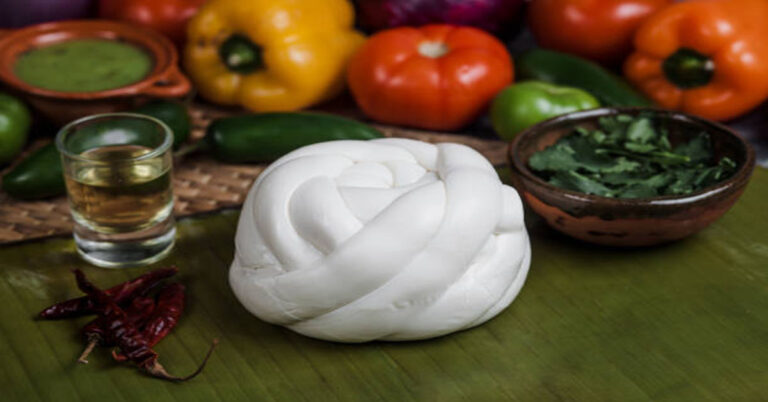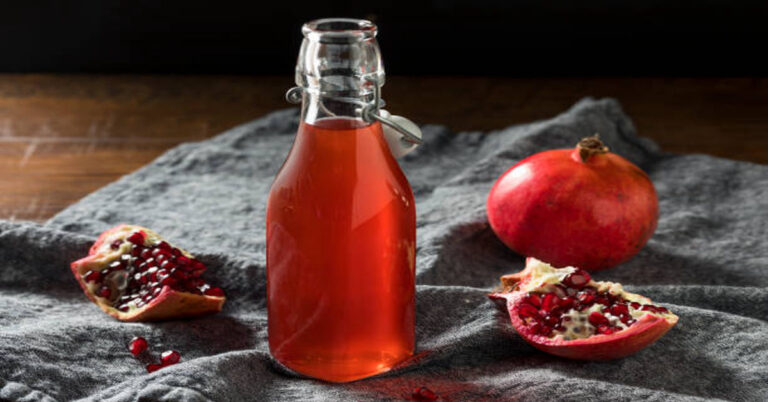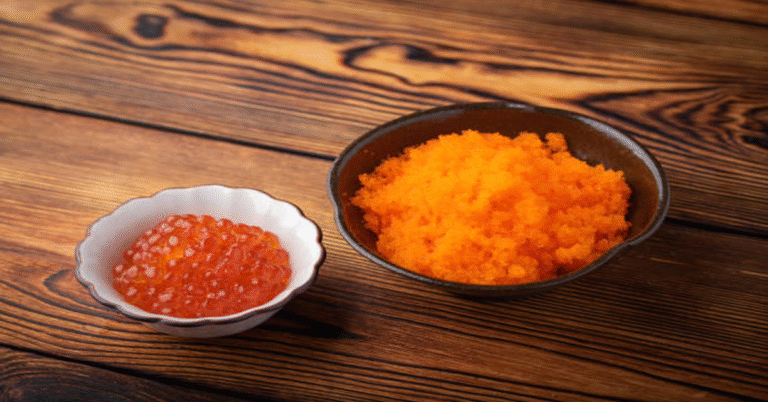
The exotic fruit known as drachenfrucht in German, or dragon fruit in English, has captured the attention of fruit enthusiasts, nutrition experts, and farmers alike. With its striking appearance—bright pink or yellow skin and white or red speckled flesh—it is not only visually appealing but also rich in nutrients and bioactive compounds that support health. Drachenfrucht comes from several cactus species, most notably Hylocereus and Selenicereus. Native to Central America, it is now cultivated widely in Asia, Australia, and increasingly in Europe.
This article provides an in-depth exploration of drachenfrucht, covering its varieties, nutritional values, health benefits, cultivation practices, culinary uses, and economic potential. By the end, you will have a thorough understanding of why this fruit is highly valued around the world.
Botanical Background
Drachenfrucht belongs to the family Cactaceae and is classified under climbing cacti. Its plant is a fast-growing, perennial, epiphytic cactus with fleshy stems that require support for optimal growth. The plant produces large, fragrant, nocturnal flowers—sometimes called “moonflowers”—that bloom only at night and are pollinated by moths or bats.
Species and Varieties
The three main commercial varieties include:
| Species / Variety | Skin Color | Flesh Color | Taste Profile |
|---|---|---|---|
| Hylocereus undatus | Pink/Red | White | Mildly sweet, refreshing |
| Hylocereus costaricensis | Pink/Red | Red | Sweeter, berry-like flavor |
| Selenicereus megalanthus | Yellow | White | Very sweet, tropical taste |
Each variety has unique features in terms of flavor, nutritional content, and cultivation suitability. The yellow-skinned variety is smaller but often considered the sweetest.
Nutritional Profile of Drachenfrucht
Drachenfrucht is often praised as a “superfruit” due to its nutrient density. While it is relatively low in calories, it provides a wide range of vitamins, minerals, and antioxidants.
Nutritional Table (per 100g of fresh fruit)
| Nutrient | Amount |
|---|---|
| Calories | 50–60 kcal |
| Carbohydrates | 11–13 g |
| Fiber | 3 g |
| Protein | 1–2 g |
| Fat | 0.1–0.6 g |
| Vitamin C | 3–4 mg |
| Iron | 0.3–0.7 mg |
| Magnesium | 10–18 mg |
| Calcium | 6–9 mg |
| Phytonutrients | Polyphenols, betalains, carotenoids |
Its seeds, though tiny, are rich in polyunsaturated fatty acids such as omega-3 and omega-6. The fruit also contains antioxidants like betacyanins and flavonoids, which help protect cells from oxidative damage.
Health Benefits of Drachenfrucht
Drachenfrucht is more than just a tasty treat; it plays a significant role in promoting overall well-being. Below are its key health benefits explained in detail.
1. Digestive Health
The fruit is a rich source of dietary fiber, which aids in smooth digestion and helps prevent constipation. Its prebiotic effect supports beneficial gut bacteria, improving microbiome balance.
2. Immune System Boost
Vitamin C and antioxidants strengthen immunity by protecting against free radicals and enhancing white blood cell function. This makes the body more resilient to infections.
3. Heart Health
The seeds contain heart-healthy fats that lower LDL cholesterol and increase HDL cholesterol. In addition, the fiber content helps regulate blood pressure and circulation.
4. Blood Sugar Regulation
Though naturally sweet, the fiber content slows sugar absorption, reducing blood glucose spikes. Research indicates that dragon fruit consumption may improve insulin resistance.
5. Anti-Inflammatory Effects
Betalains and flavonoids have anti-inflammatory properties, which can ease joint pain, reduce the risk of chronic diseases, and aid recovery after exercise.
6. Skin and Hair Benefits
High antioxidant content promotes healthy, glowing skin and helps delay signs of aging. Vitamin C assists in collagen production, while fatty acids from the seeds nourish hair follicles.
Cultivation of Drachenfrucht
The growing popularity of drachenfrucht has encouraged farmers in tropical and subtropical regions to cultivate it commercially. Understanding its cultivation process provides insight into its economic potential.
Climate and Soil Requirements
- Climate: Drachenfrucht thrives in warm, semi-arid climates with temperatures between 20–30°C.
- Soil: Well-drained sandy or loamy soil with pH between 6 and 7 is ideal.
Propagation
Propagation is done primarily through stem cuttings, which root easily. Seeds are also viable but grow more slowly and show genetic variation.
Planting and Training
- Plants are trained on trellises or poles for support.
- Spacing: About 2–3 meters apart.
- Irrigation: Requires moderate watering; overwatering may cause root rot.
Flowering and Pollination
The large white flowers bloom at night and are self-sterile in many varieties, requiring cross-pollination. Farmers often use hand-pollination to ensure higher fruit set.
Harvesting
Fruits are harvested about 30–35 days after flowering, once the skin color turns vibrant. Each plant can yield 20–30 fruits annually under good conditions.
Economic Importance
Dragon fruit farming has grown into a profitable agribusiness. Its increasing demand is driven by global health consciousness and culinary innovation.
Export Markets
- Asia: Vietnam, Thailand, and Malaysia are leading exporters.
- Europe: Germany, Netherlands, and UK import drachenfrucht in growing volumes.
- North America: The U.S. is one of the largest consumers outside Asia.
Value Addition
Beyond fresh consumption, drachenfrucht is used in juices, jams, wines, smoothies, cosmetics, and nutraceuticals, increasing its market potential.
Culinary Uses
Drachenfrucht is versatile in the kitchen. Its subtle sweetness pairs well with both sweet and savory dishes.
Common Culinary Applications
- Fresh fruit bowls and salads
- Smoothies and juices
- Sorbets and ice creams
- Garnishes for desserts and cocktails
- Fermented beverages like wine or kombucha
Sample Recipe: Dragon Fruit Smoothie Bowl
Ingredients:
- 1 cup dragon fruit flesh (red variety preferred for color)
- 1 banana
- ½ cup Greek yogurt
- Toppings: granola, chia seeds, kiwi slices
Instructions:
- Blend dragon fruit, banana, and yogurt until smooth.
- Pour into a bowl and decorate with toppings.
- Serve chilled.
Cultural and Symbolic Significance
In many Asian cultures, drachenfrucht symbolizes prosperity and good fortune. It is often offered in temples and during festivals. In Central America, indigenous people used it as a traditional remedy for digestive issues. Its striking flowers are also appreciated in ornamental gardening.
Potential Risks and Considerations
Though generally safe, some individuals may experience:
- Allergic reactions: Rare, but possible in sensitive individuals.
- Overconsumption: May lead to mild stomach upset due to high fiber.
- Color effect: Eating large amounts of red-fleshed varieties can temporarily tint urine or stool pink—harmless but surprising.
Comparative Analysis with Other Fruits
| Fruit | Calories (per 100g) | Fiber | Vitamin C | Unique Features |
|---|---|---|---|---|
| Dragon Fruit | 50–60 | 3 g | 3–4 mg | Low calorie, high antioxidants |
| Mango | 60–70 | 2 g | 36 mg | Rich in vitamin A, sweeter taste |
| Papaya | 43 | 1.7 g | 60 mg | Digestive enzymes (papain) |
| Kiwi | 61 | 3 g | 92 mg | Vitamin C powerhouse |
This comparison shows that while dragon fruit has modest vitamin C compared to kiwi or papaya, its low calories, high fiber, and antioxidant diversity make it unique.
Drachenfrucht in Research and Innovation
Scientific interest in drachenfrucht is growing. Studies highlight its potential in:
- Diabetes management: Due to fiber and phytochemicals.
- Food technology: Natural coloring agents (betalains) for healthier products.
- Cosmetics: Antioxidant extracts for anti-aging creams.
- Functional beverages: Fortified drinks for enhanced nutrition.
Conclusion
Drachenfrucht is more than just an exotic fruit with a striking look—it is a symbol of health, culture, and economic opportunity. Its cultivation has expanded from Central America to Asia and Europe, reflecting its growing popularity. With rich nutrients, versatile uses, and sustainable farming potential, drachenfrucht stands out as a fruit of the future. Whether eaten fresh, blended into smoothies, or researched for its bioactive compounds, it continues to fascinate and benefit people worldwide.
FAQs
1. What is the best way to eat drachenfrucht?
Simply cut it in half and scoop out the flesh with a spoon. It can also be added to smoothies, salads, or desserts.
2. Is drachenfrucht suitable for diabetics?
Yes, in moderation. Its fiber helps regulate blood sugar, though portion control is still important.
3. How long does drachenfrucht last after harvest?
When refrigerated, it can last up to 2 weeks. At room temperature, it is best consumed within a few days.
4. Can drachenfrucht be grown in Europe?
Yes, in regions with warm climates or in greenhouses. Spain and Israel are notable European producers.
5. Does dragon fruit help with weight loss?
Yes. Its low calorie and high fiber content make it a satisfying snack that supports healthy weight management.







